Nutritional Enhancements
Nutritional enhancements in aquaculture are becoming increasingly vital, driving the Aquafeed Additives Market. Feed additives such as vitamins, minerals, and probiotics are essential for improving the nutritional profile of aquafeed. These additives not only promote growth but also enhance the overall health and disease resistance of aquatic species. Market data indicates that the segment for nutritional additives is expected to grow at a compound annual growth rate of 7 percent over the next five years. This growth reflects the industry's recognition of the importance of nutrition in aquaculture. As aquaculture operations strive for higher yields and better quality products, the demand for specialized aquafeed additives is likely to increase, further solidifying their role in the Aquafeed Additives Market.
Rising Demand for Seafood
The increasing The Aquafeed Additives Industry. As populations grow and dietary preferences shift towards healthier protein sources, seafood consumption is on the rise. According to recent data, seafood consumption has increased by approximately 20 percent over the last decade. This surge necessitates enhanced aquaculture practices, leading to a greater reliance on aquafeed additives to improve feed efficiency and fish health. The Aquafeed Additives Market is thus positioned to benefit from this trend, as producers seek to meet the escalating demand for high-quality seafood products. Furthermore, the emphasis on sustainable fishing practices further propels the need for effective aquafeed solutions that can support the health and growth of aquatic species.
Consumer Awareness and Health Trends
Consumer awareness regarding health and nutrition is driving changes in the Aquafeed Additives Market. As consumers become more informed about the benefits of seafood, there is a growing demand for high-quality, nutritious products. This trend is prompting aquaculture producers to invest in feed additives that enhance the nutritional value of their products. Market Research Future indicates that consumers are increasingly seeking seafood that is free from harmful additives and rich in omega-3 fatty acids. Consequently, aquafeed additives that promote these health benefits are gaining traction. The Aquafeed Additives Market is thus responding to these consumer preferences by developing innovative solutions that cater to the health-conscious market, ensuring that aquaculture remains competitive in the evolving food landscape.
Regulatory Support for Sustainable Practices
Regulatory support for sustainable aquaculture practices is a key driver of the Aquafeed Additives Market. Governments and international organizations are increasingly implementing regulations that promote environmentally friendly practices in aquaculture. These regulations often encourage the use of feed additives that enhance feed efficiency and reduce environmental impact. For instance, policies aimed at reducing the use of antibiotics in aquaculture have led to a rise in the adoption of natural feed additives that support fish health. As regulatory frameworks evolve, they are likely to create a more favorable environment for the growth of the Aquafeed Additives Market. This regulatory support not only fosters innovation but also aligns with the growing consumer demand for sustainably sourced seafood.
Technological Innovations in Feed Production
Technological innovations in feed production are significantly influencing the Aquafeed Additives Market. Advances in processing techniques, such as extrusion and pelleting, have improved the efficiency and effectiveness of feed additives. These innovations allow for better nutrient absorption and reduced waste, which are critical for sustainable aquaculture practices. Furthermore, the integration of digital technologies, such as data analytics and automation, is enhancing feed formulation and management. As a result, producers are increasingly adopting these technologies to optimize their operations. The market for technologically advanced aquafeed additives is projected to expand, as stakeholders recognize the potential for improved productivity and sustainability in aquaculture. This trend underscores the importance of innovation in the Aquafeed Additives Market.


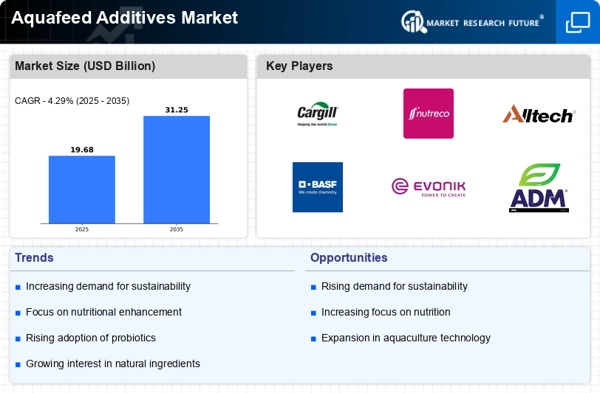
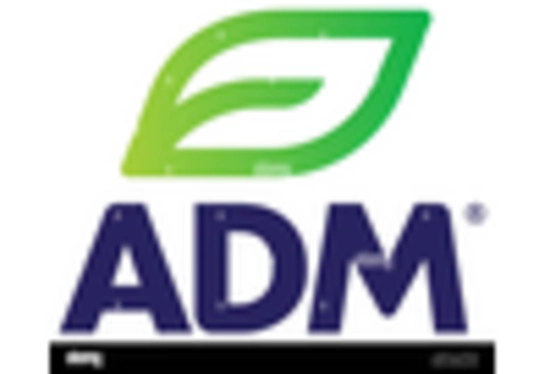
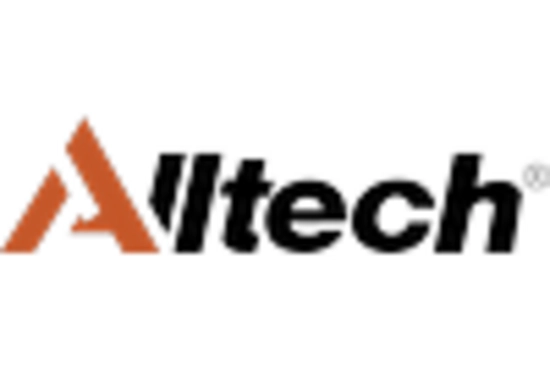
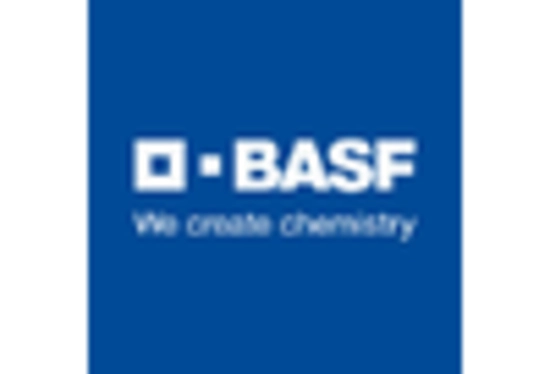

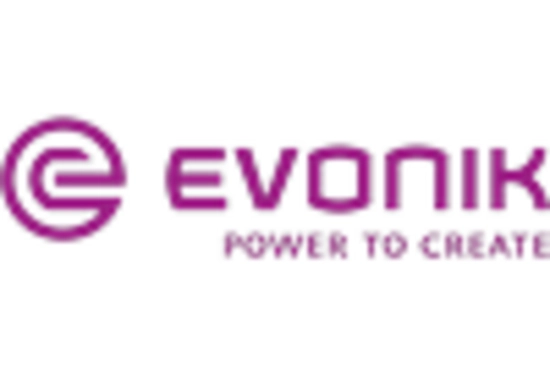
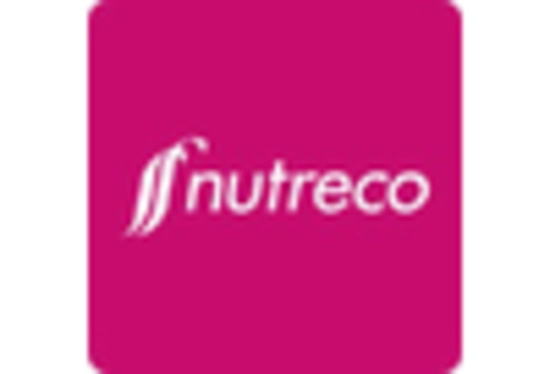








Leave a Comment